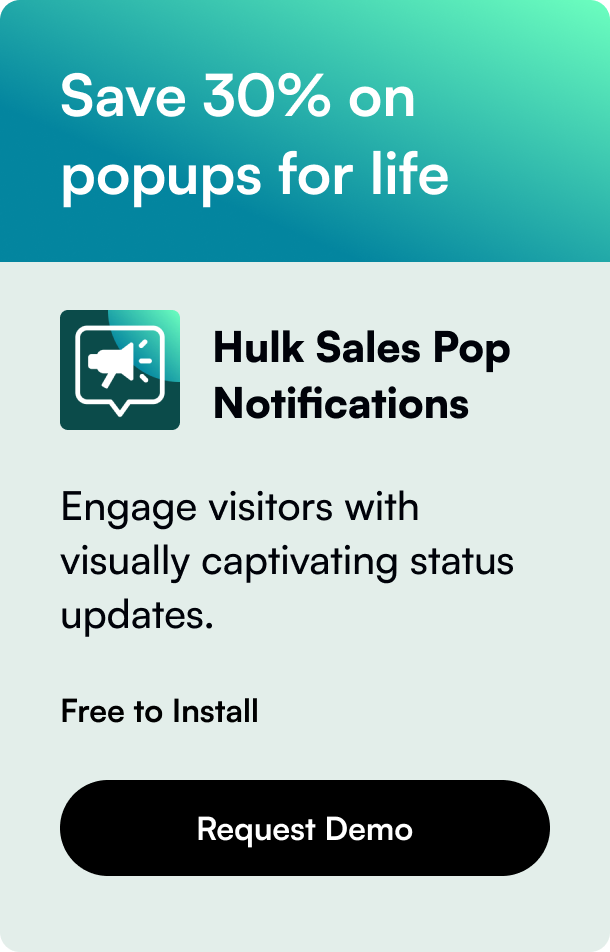Table of Contents
- Introduction
- Why Integrate Shopify with Salesforce?
- How to Get Started with Shopify Salesforce Integration
- Maximizing the Benefits of Integration
- Navigating Challenges
- Conclusion
- FAQ Section
Introduction
Have you ever wondered how to revolutionize your e-commerce platform with seamless integration? Imagine combining the extensive e-commerce capabilities of Shopify with the robust customer relationship management (CRM) tools of Salesforce. The result is a powerhouse duo capable of propelling your online business to astonishing new heights. Let's explore the why and how of integrating Shopify with Salesforce, a strategic move that can redefine the way you manage online sales and customer interactions.
The Shopify Salesforce integration is not just about enhancing functionality; it's about unlocking potential and creating synergies that can transform data handling, marketing, sales, and customer service—a holistic approach to nurturing your business ecosystem.
Why Integrate Shopify with Salesforce?
Salesforce's comprehensive CRM solutions, when paired with Shopify, offer an unbeatable combination for managing customer relationships, orders, and inventory in one unified platform. This fusion ensures businesses thrive by:
-
Unifying Customer Data: Imagine having all your customer interactions, sales data, and preferences captured in one place. This provides a 360-degree view of your clientele, personalizing their experience, and tailoring your interactions to individual needs.
-
Streamlining Operations: Efficiency is key in e-commerce. The integration allows for automated data synchronization between the platforms, reflecting changes in real-time and reducing the time spent on administrative tasks.
-
Enhancing Customer Engagement: Leveraging Salesforce's analytics with Shopify's digital storefront means you can craft targeted marketing campaigns, follow up on leads, and engage customers across various touchpoints.
How to Get Started with Shopify Salesforce Integration
Planning and Preparation
First, examine your current processes to identify which operations you want to integrate. Look for common customer data points and inventory management practices. Once identified, document your workflow requirements — this helps establish a solid implementation plan.
Choosing the Right Tools
Several third-party apps and connectors facilitate this integration. Shopify Salesforce Connector, for example, acts as a bridge syncing customers, products, and orders. Zapier offers a range of automated workflows, known as Zaps, that connect Shopify events with Salesforce actions without requiring any coding.
Custom Integration for Unique Needs
For a more tailored approach, a custom integration using APIs might be necessary. Although this requires technical expertise, it allows for a more flexible and specific connection between Shopify and Salesforce, catered to your business's unique needs.
Data Synchronization and Management
Maintaining data consistency is critical. Outline syncing frequency — whether in real-time or at scheduled intervals. Also, determine how to handle discrepancies and ensure data integrity, possibly via a data validation strategy before each synchronization event.
Maximizing the Benefits of Integration
Post-integration, focus on maximizing the potential delivered by this partnership. Leverage Salesforce's reporting tools to analyze sales trends and customer patterns born out of shopping behavior on Shopify. Create tailored marketing campaigns, enhancing the sales funnel efficiency, and rocketing conversion rates.
Feedback collection is a dynamic tool for improvement. Gather customer insights and iterate your product offerings, pricing strategies, and marketing approaches based on informed data from the integrated system.
In practice, consider the story of an apparel store that used Salesforce's insights to personalize Shopify shopping experiences. As a result, they saw increased customer retention and sales growth due to precisely targeted product recommendations and promotions.
Navigating Challenges
Like any major business transformation, challenges are inevitable. Data migration might seem daunting, with the risk of data loss or duplication. Hence, ensure you have comprehensive backup protocols and data quality checks in place.
Given the scale of data encountered, developing a scalable solution is imperative. Plan for business growth, ensuring that both your Shopify store and Salesforce CRM can cope with increased volume and complexity of data over time.
Moreover, consider the customer journey - maintaining a seamless experience during the backend changes is critical. The last thing you want is to disrupt the sales pipeline or compromise customer service because of integration issues.
Conclusion
In conclusion, the integration of Shopify with Salesforce is a game-changer for the e-commerce domain. It's a symbiotic partnership that enhances functionality, fosters customer relationships, and drives sales. When executed with strategic foresight and technical acumen, this fusion paves the way for a more robust, responsive, and successful online business platform.
Remember, with Shopify Salesforce integration, you're not just integrating systems - you're integrating a future vision of success.
FAQ Section
What is Shopify Salesforce integration?
Shopify Salesforce integration refers to the synchronization and seamless data exchange between the Shopify e-commerce platform and Salesforce CRM, aiming to consolidate sales, customer information, and inventory data across both platforms for optimized business operations.
How can Shopify Salesforce integration benefit my business?
The integration amplifies the capabilities of both platforms, providing enriched customer insights, personalized marketing, efficient data management, streamlined workflows, and comprehensive analytics to drive informed business decisions and growth.
What steps should I take to integrate Shopify with Salesforce?
Begin by identifying and documenting business workflows, then choose suitable third-party tools or develop custom API integrations. Establish data synchronization processes, test integrations thoroughly, and put measures in place for data consistency and integrity.
Can I automate data transfer between Shopify and Salesforce?
Yes. Automation is a core advantage of the integration, with various tools and connectors, such as Zapier, that offer pre-built workflows (Zaps) to synchronize data automatically without manual intervention.
Is technical expertise required to implement the integration?
While third-party apps make integration accessible without coding knowledge, complex or highly unique business requirements might necessitate custom integration through APIs, which typically require technical development skills or the support of IT professionals.
Integrating Shopify with Salesforce sets you up on a platform for excellence in the e-commerce domain. By embracing this digital transformation, you can elevate your operational practices to world-class standards.
Embrace the serendipity of technology and commerce — innovate, integrate, and inspire your journey to e-commerce eminence with Shopify Salesforce integration.
Seamless content creation—Powered by our content engine.








